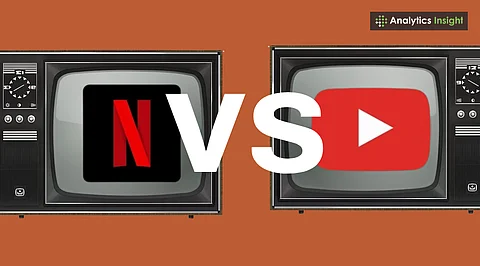The landscape of online content consumption has undergone a profound transformation, moving decisively beyond the era when curated, premium productions from platforms like Netflix held undisputed sway. This shift marks a pivotal moment in the ongoing streaming wars, as evolving user behaviors and technological advancements redefine what audiences seek and how they engage with digital media.
Today, YouTube exemplifies this paradigm shift, demonstrating a remarkable ascendancy in audience reach and popularity that now frequently surpasses traditional streaming giants. This isn’t merely coincidental; it is a direct result of a fundamental change in viewer preferences, where the demand for personalized, authentic, and relatable content has empowered user-generated content to take center stage, fostering a vibrant creator economy.
A core differentiator for YouTube and similar open platforms is their unprecedented accessibility, allowing virtually anyone to upload and distribute content without significant barriers to entry or corporate approvals. This freedom has unleashed an explosion of diverse material, ranging from instructional guides and personal vlogs to product reviews and live streams, cultivating a dynamic ecosystem where novel ideas emerge rapidly, keeping the platform perpetually fresh and exciting.
The strategic divergence between YouTube and Netflix illuminates deeper currents in how content is created and consumed. Debates often highlight the contrast between YouTube’s emphasis on creator freedom and organic community engagement versus Netflix’s model of highly curated, studio-produced storytelling. YouTube thrives on real-time audience feedback and the raw, unfiltered authenticity that appeals directly to modern sensibilities.
Furthermore, platform innovation has played a crucial role in YouTube’s dominance, particularly through the proliferation of short-form videos. In an age of diminished attention spans, features like YouTube Shorts adeptly capture viewer interest in fleeting moments, contrasting sharply with Netflix’s continued reliance on longer, traditional cinematic and episodic formats that demand extended engagement.
YouTube’s formidable secret weapon lies in its sophisticated algorithmic personalization. The platform’s uncanny ability to analyze individual viewing habits and recommend precisely tailored content fosters a deeply personal and often addictive discovery experience, ensuring consistent re-engagement and solidifying its position as a go-to source for diverse information and entertainment.
Crucially, the accessibility of YouTube’s free, ad-supported model presents a significant advantage over Netflix’s predominantly subscription-based service. While Netflix has introduced lower-cost, ad-inclusive tiers, the inherent appeal of free access remains a powerful draw, particularly for budget-conscious consumers or those in regions where paid streaming options are less viable, underscoring a key factor in the evolving digital content trends.






Leave a Reply